
With temperatures dropping, it's likely that, if you haven't already, you're considering turning your heating on, with many homeowners doing so by 31 October.
But professional cleaners have warned that it's vital to first clean the three germiest spots, or you'll risk spreading dust, dirt and allergens around your home.
Here, they share their cleaning tips on tackling these areas and explain exactly why they're so important.
The 3 Germy Spots to Clean Before Turning on the Heating in October
1. Air Vents
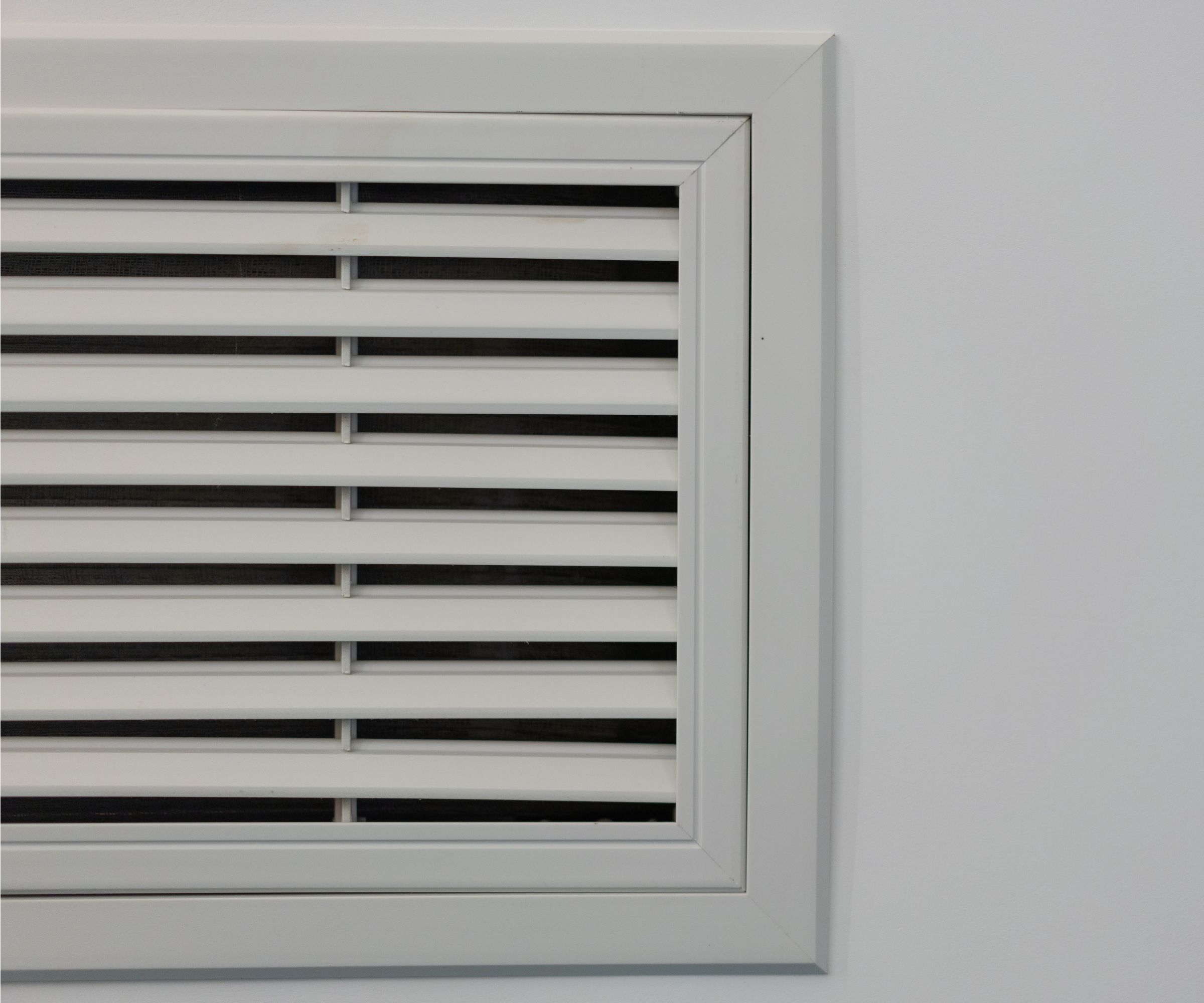
First things first, says Karina Toner, cleaning expert and operations manager at Spekless, begin by cleaning vents around your home.
'Every time your heating system kicks on, air rushes through the vents, along with all the dust, pet hair, and allergens that have built up over time,' she explains. 'If left dirty, they blow debris and bacteria back into the air you breathe, lowering indoor air quality and triggering allergies.'
To do so, Scott Schrader, cleaning expert at CottageCare, advises, 'I usually remove the covers, vacuum them thoroughly with a brush attachment, then wipe them with a damp microfiber cloth and an all-purpose cleaner, such as the Method Antibacterial All-Purpose Cleaner, available at Walmart.'
You can also soak vents in warm, soapy water for about 10-15 minutes, if they're particularly grimy, adds Karina.
Importantly, air ducts should be professionally cleaned every three to five years.
2. Baseboard Heaters and Radiators

Next, turn your attention to cleaning behind radiators and low-level baseboard heaters.
These areas accumulate years of dust, which then give off a stale smell once they heat up, warns Scott, adding, 'A Swiffer Duster, available at Walmart, or a vacuum crevice tool works well for tight spots.
Then, clean baseboards and baseboard heaters with vinegar and water to finish the job.
If you're wondering how often you should clean your baseboards, our pros recommend a monthly schedule and incorporating this step into your achievable cleaning routine.
3. Under Couches and Beds
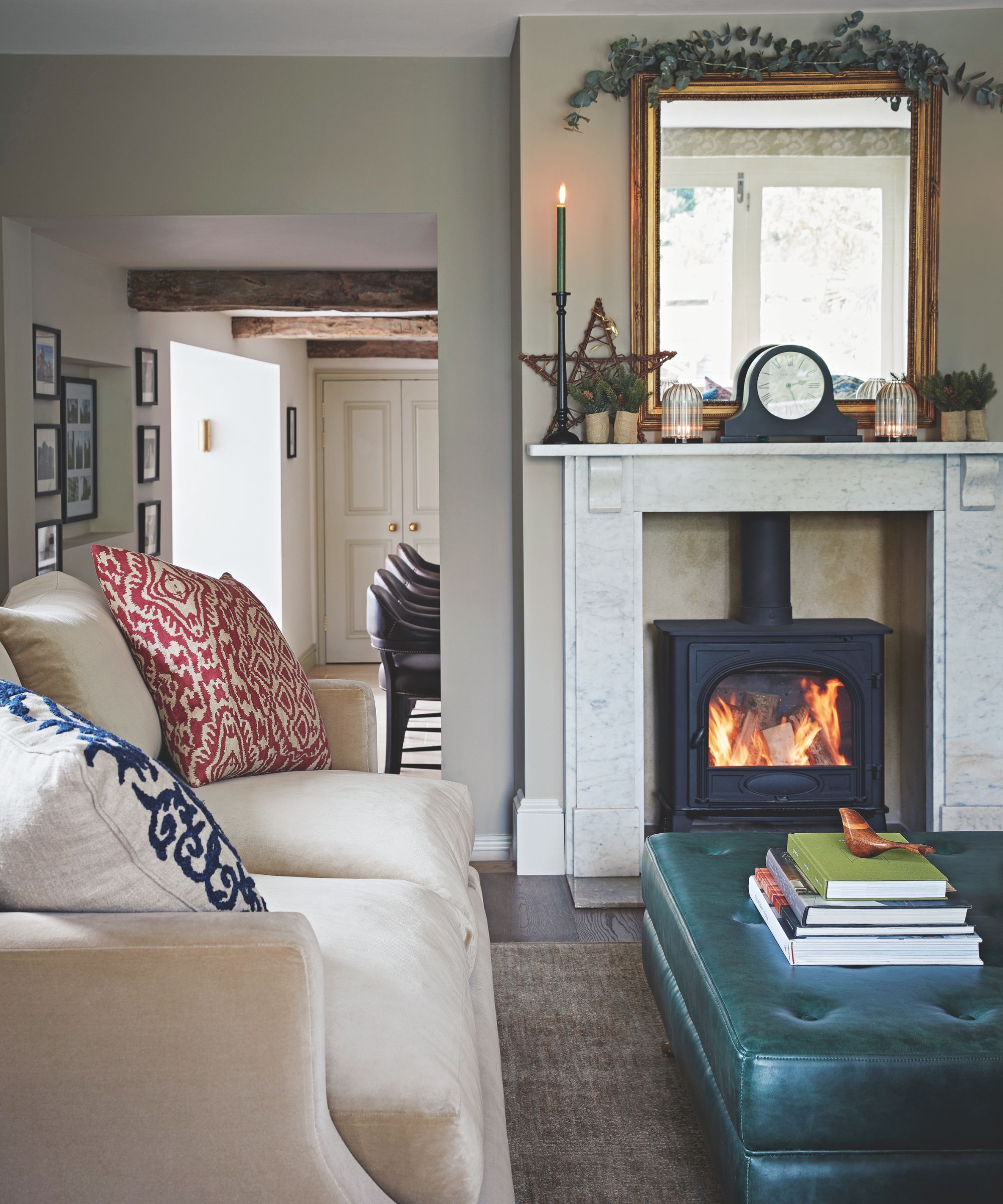
Finally, says Karina, 'It’s easy to forget what’s hiding under big pieces of furniture: Dust, crumbs, pet hair, and sometimes things you didn’t even realize you’ve dropped. When the air starts circulating again, that buildup gets stirred up and spreads through the room.'
Therefore, she recommends shifting furniture slightly and using a long vacuum attachment to reach underneath.
Debbie Lovett, owner of Plan B Cleaning, advises, 'Use a vacuum with a crevice tool, or extendable Swiffer mop.'
We recommend the Swiffer Sweep & Mop Dry + Wet Floor Mopping and Sweeping Kit available at Walmart for tackling these places where hidden dust builds up fast. Pay particular attention to the hidden areas of the living room we forget to clean, like underneath rugs and curtains.
What to Shop
All prices were correct at the time of publication.
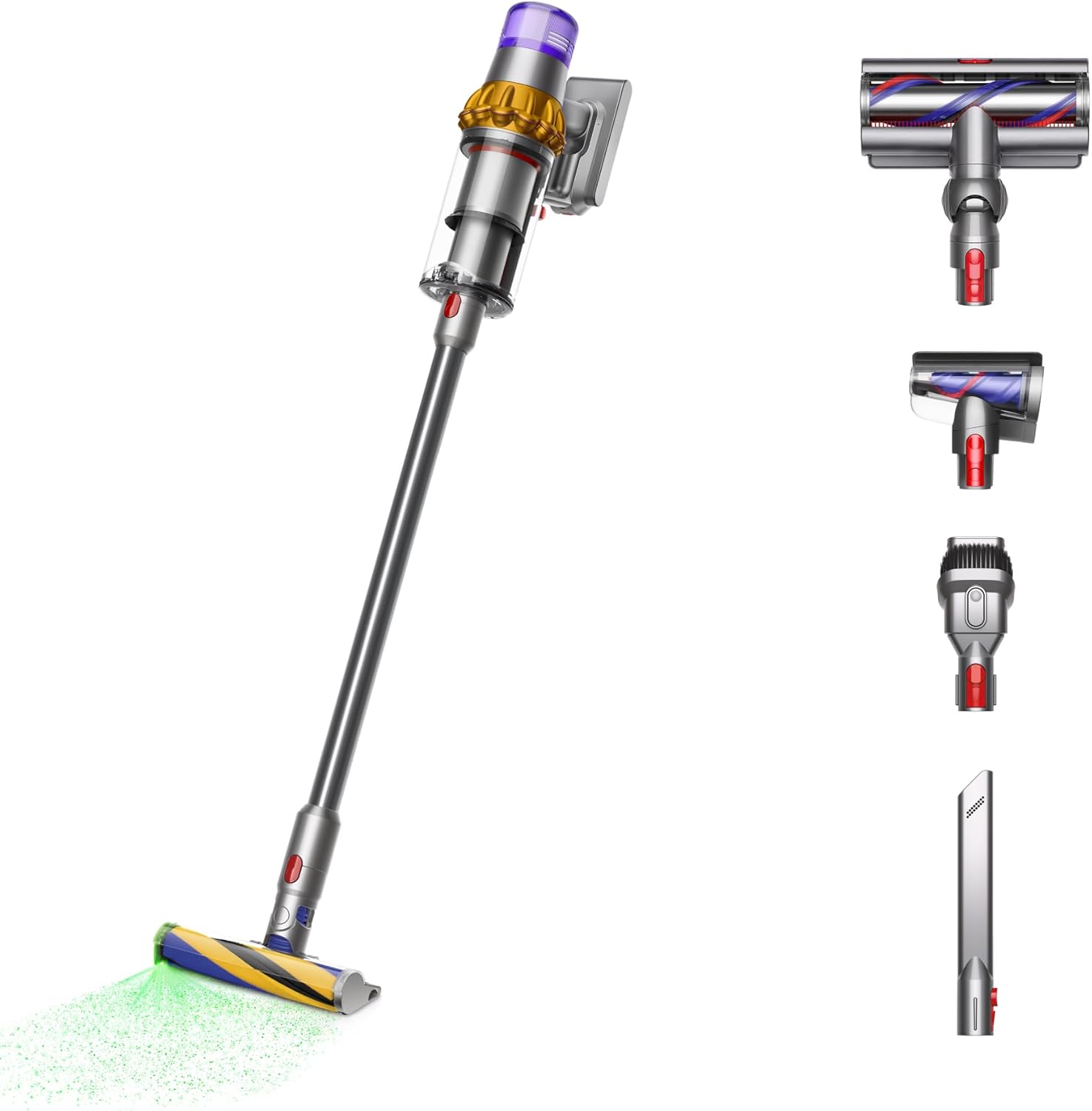
Karina recommends this cordless vacuum, explaining, 'Its laser reveals fine dust other vacuums might miss.' We gave it five stars in our Dyson V15 Detect Cordless vacuum review, and this was one of the reasons why.
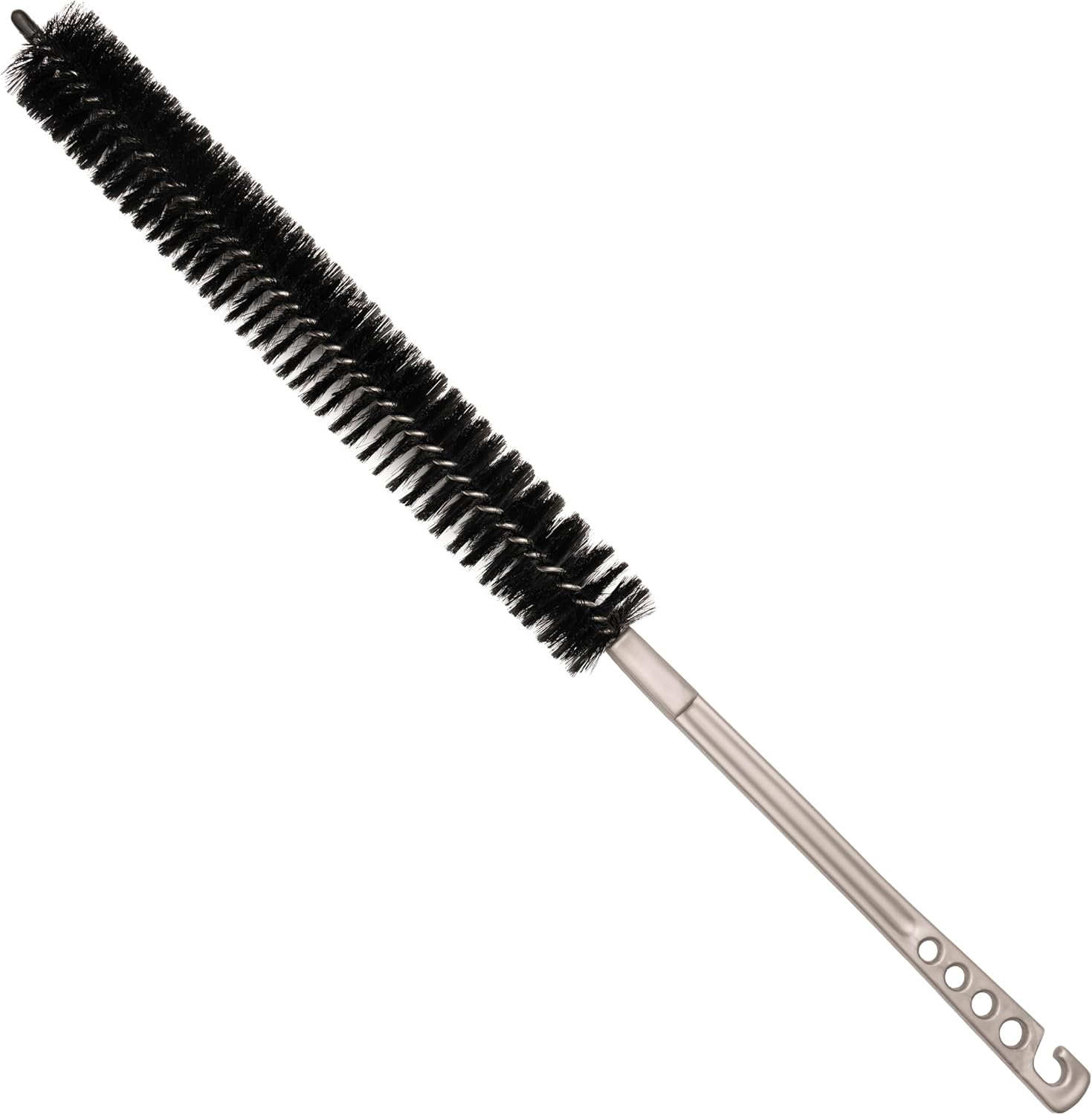
This cleaning brush is suitable for cleaning dryers, radiators, refrigerators, baseboards, under furniture and more.
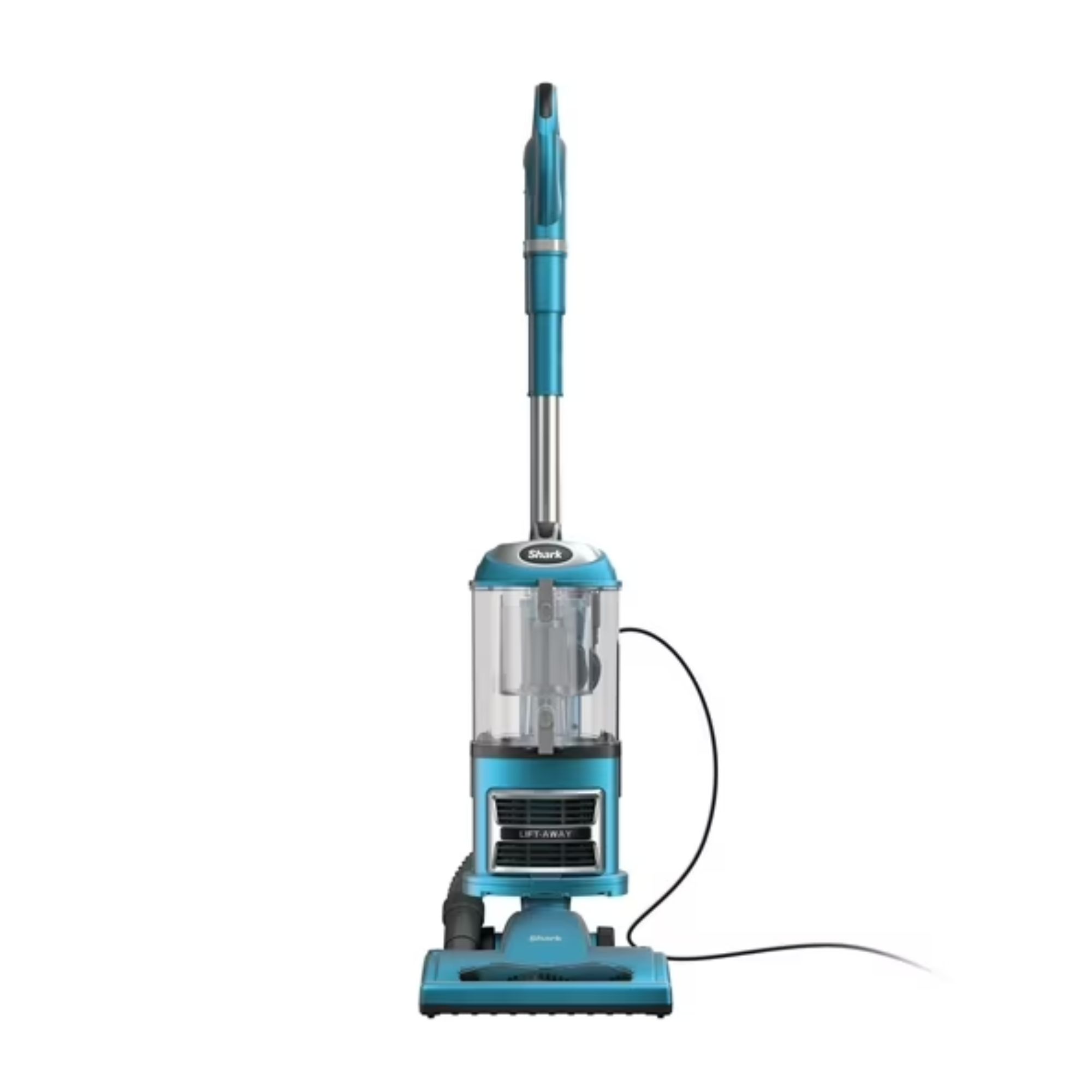
Karina also recommends this as one of the best vacuums you can buy. 'Strong suction and a detachable canister make it easy to clean tight spots,' she says
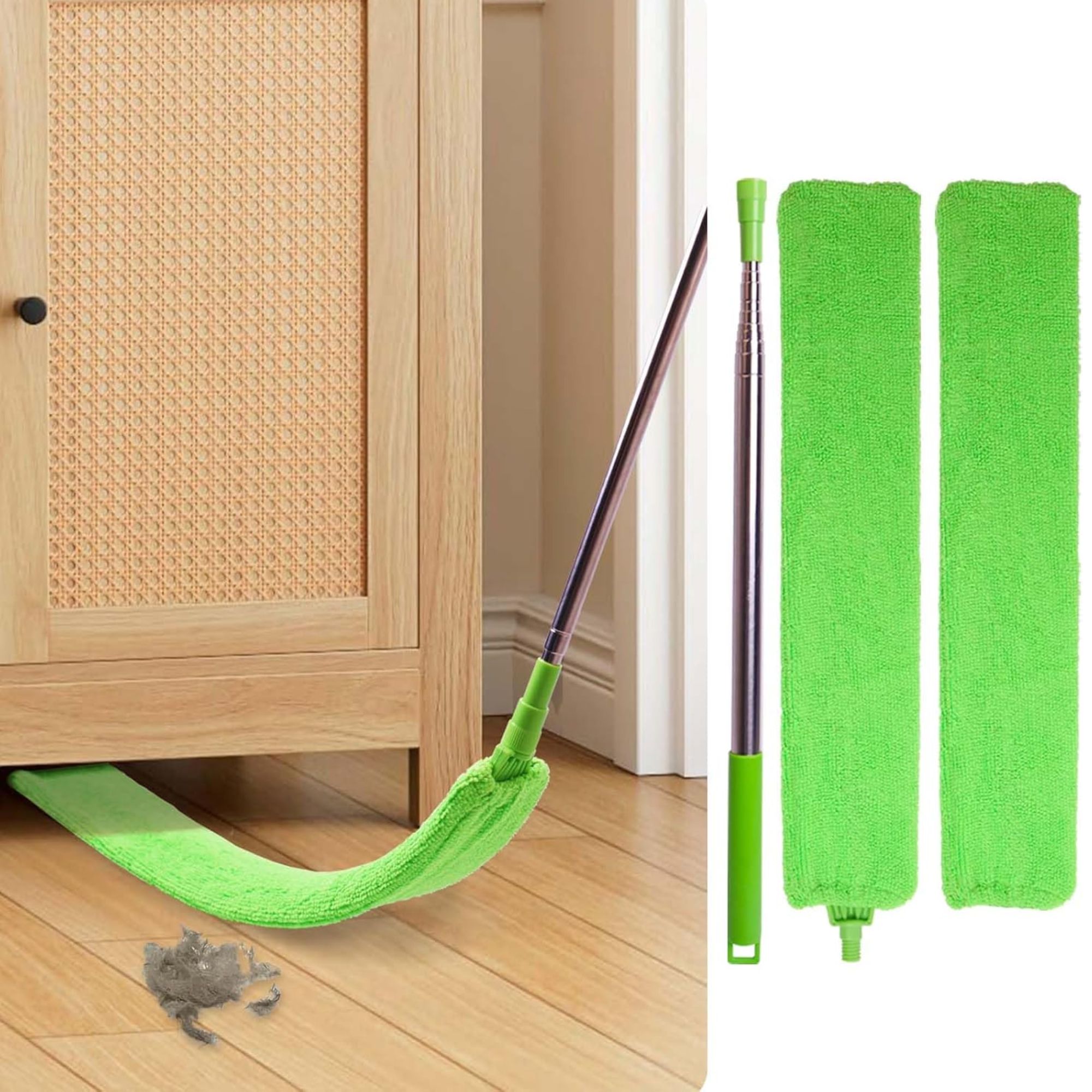
This lightweight and user-friendly cleaning tool is reusable and machine washable, and makes it easy to clean behind and underneath furniture and appliances without having to move them or bend down.
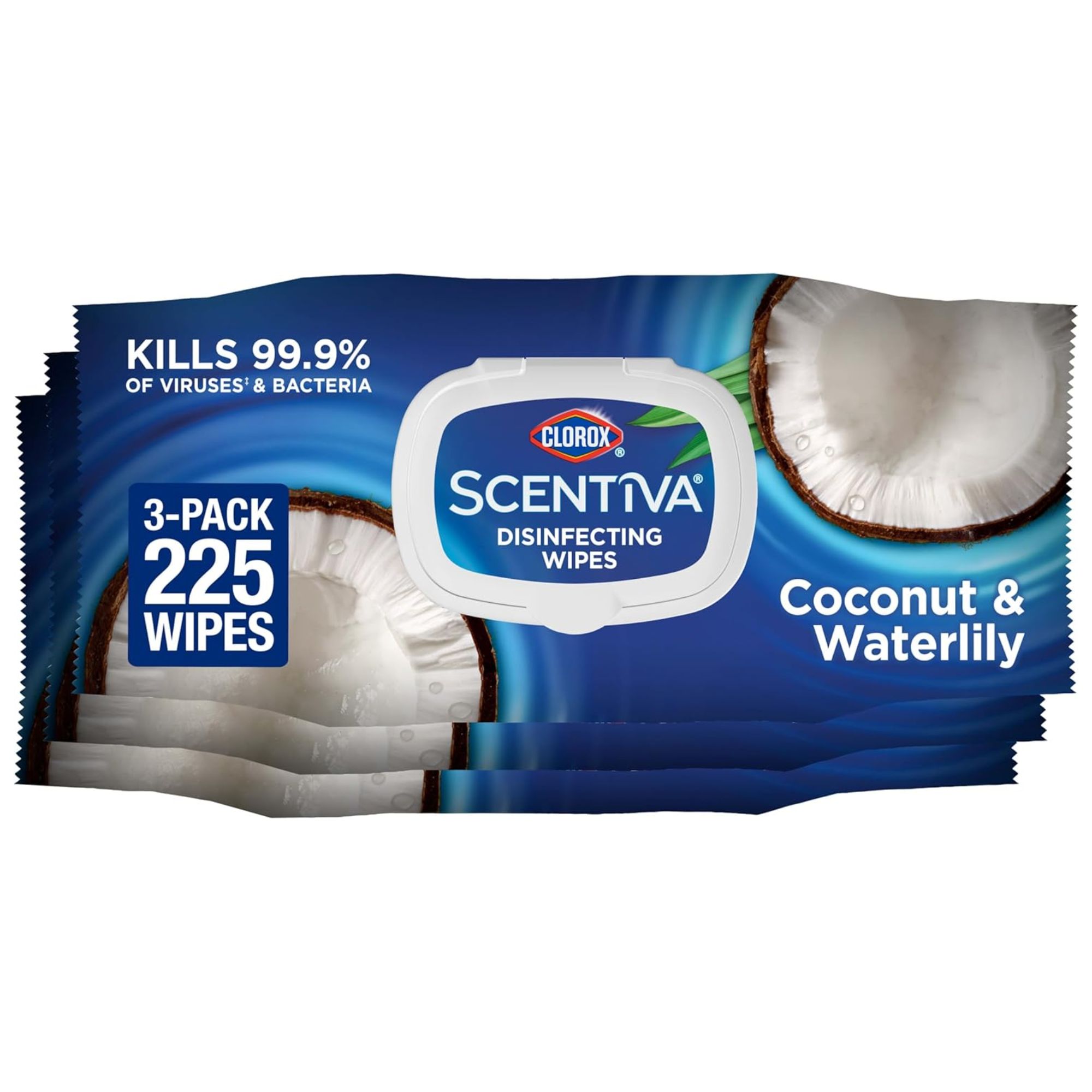
These are 'great for quickly wiping down furniture legs and nearby surfaces while you’re there,' says Karina. Bulk buying in this pack of three will mean you're never caught short.
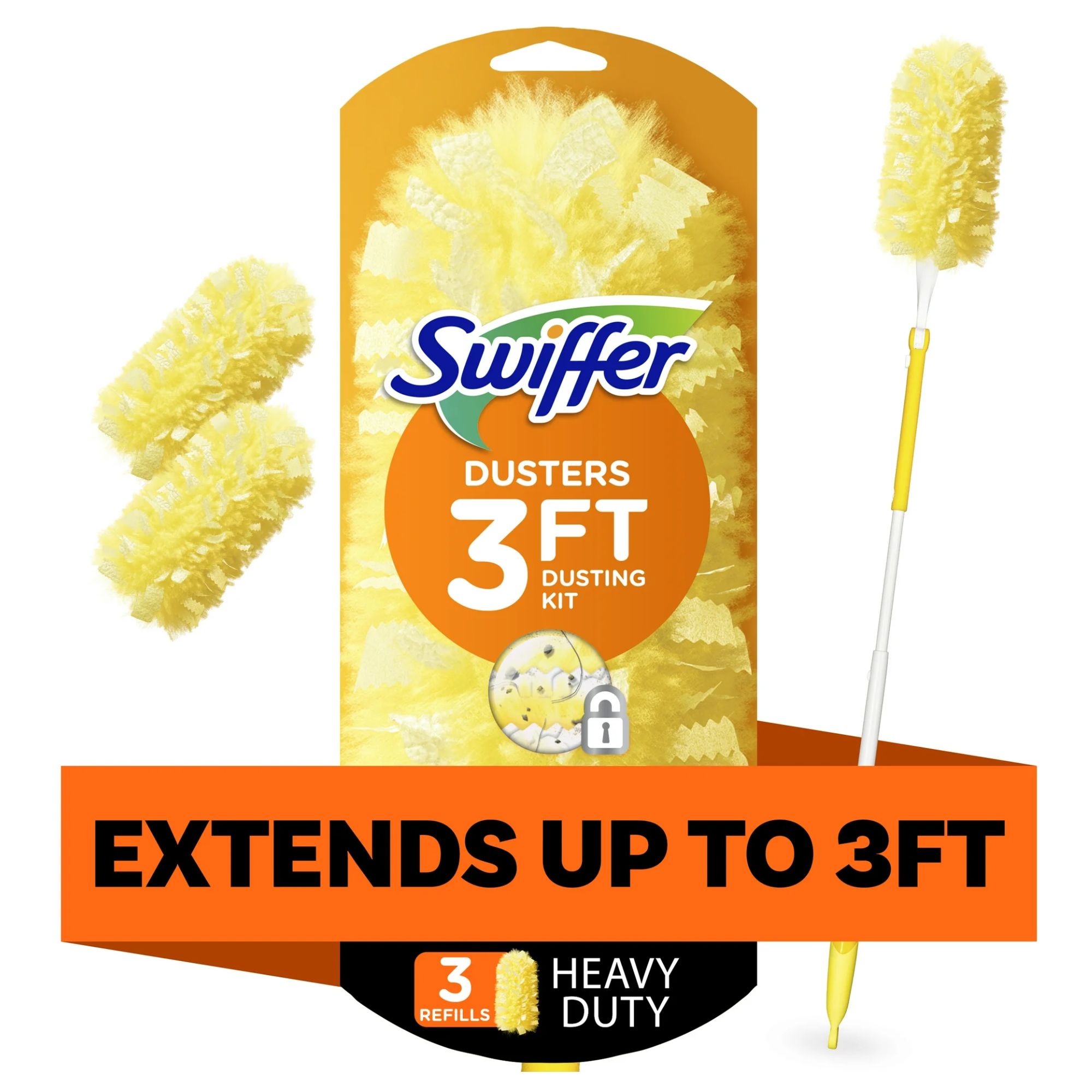
Effortlessly reach behind and underneath heaters and furniture with these Swiffer dusters, which come with three refills.
Meet the Experts
Knowing what to do beforehand is all well and good, but do you know exactly when to switch your heating on? Our dedicated guide details everything you need to know.







